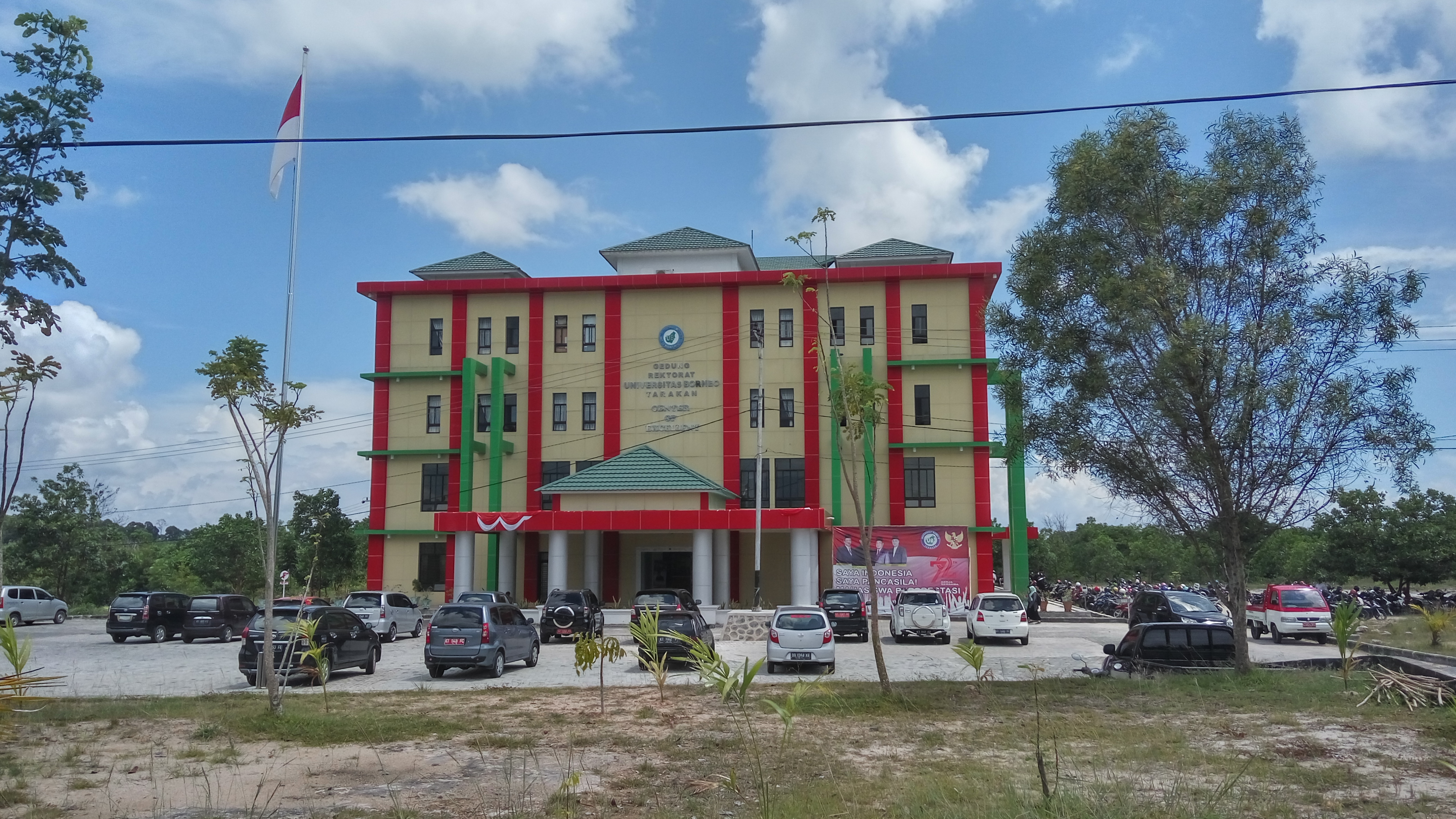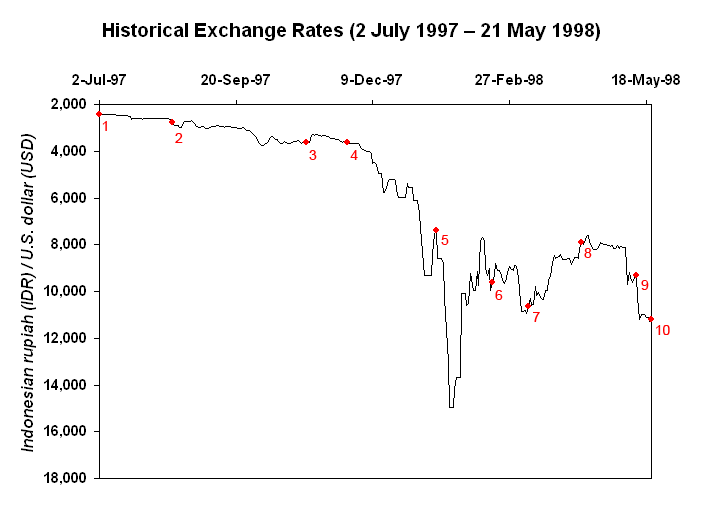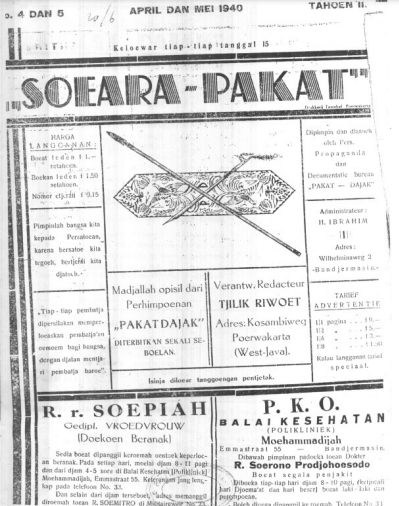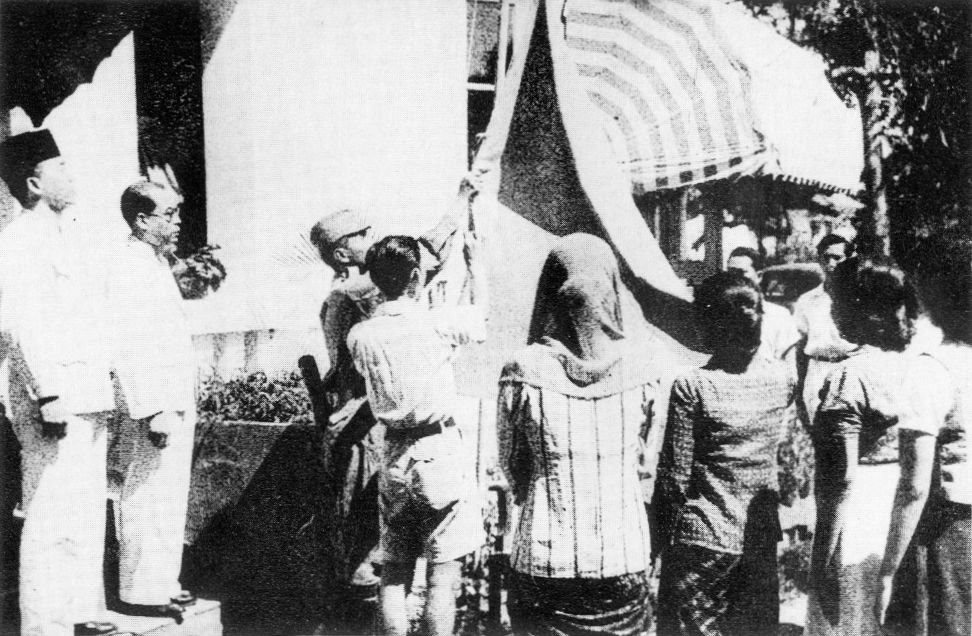|
Tana Tidung Regency
Tana Tidung Regency is a Regencies of Indonesia, regency within the Indonesian provinces, Indonesian province of North Kalimantan. It is Indonesia's least populous regency, with 25,584 inhabitants recorded in the 2020 census;Badan Pusat Statistik, Jakarta, 2021. the official estimate as at mid 2024 was 30,036 (comprising 15,762 males and 14,274 females).Badan Pusat Statistik, Jakarta, 28 February 2025, ''Kabupaten Tana Tidung Dalam Angka 2025'' (Katalog-BPS 1102001.6503) Its regency seat is the town of Tideng Pale, in Sesayap District, where 12,364 of the regency's population lived in mid 2024. Created on 17 July 2007 by splitting off the most northern three districts of Bulungan Regency, it is a relatively new regency and the smallest in terms of land area in North Kalimantan province (3,858.31 km2). The regency has the lowest poverty rate in the province, and is the second least-densely populated area after the Malinau Regency.Badan Pusat Statistik, Jakarta, 2023, ''Kabupa ... [...More Info...] [...Related Items...] OR: [Wikipedia] [Google] [Baidu] |
Regencies Of Indonesia
A regency (; ), sometimes incorrectly referred to as a district and previously known as second-level region, is an administrative division of Indonesia, directly under a Provinces of Indonesia, province and on the same level with City status in Indonesia, city (''kota''). Regencies are divided into Districts of Indonesia, districts (''Kecamatan'', ''Distrik'' in Western New Guinea, Papua region, or ''Kapanewon'' and ''Kemantren'' in the Special Region of Yogyakarta). The average area of Indonesian regencies is about , with an average population of 670,958 people. The English name "regency" comes from the Dutch East Indies, Dutch colonial period, when regencies were ruled by (or regents) and were known as in Dutch language, Dutch ( in Javanese and subsequently Indonesian). had been regional lords under the precolonial monarchies of Java. When the Dutch abolished or curtailed those monarchies, the bupati were left as the most senior indigenous authority. They were not, strictly s ... [...More Info...] [...Related Items...] OR: [Wikipedia] [Google] [Baidu] |
Tarakan Island
Tarakan is an island and co-extensively the sole city within the Indonesian province of North Kalimantan. The island city is the largest urban area in North Kalimantan population-wise and is located in northern Borneo, midway along the coast of the province. The city boundaries are co-extensive with the island (including a couple of small islands off the coast of the Tarakan Barat District). Once a major oil-producing region during the colonial period, Tarakan had great strategic importance during the Pacific War and was among the first Japanese targets early in the conflict. It is the sole city within the Indonesian province of North Kalimantan (established in 2012). According to Statistics Indonesia, the city had a population of 193,370 at the 2010 CensusBiro Pusat Statistik, Jakarta, 2011. and 242,786 inhabitants at the 2020 Census;Badan Pusat Statistik, Jakarta, 2021. the official estimate as at mid 2024 was 255,310 (comprising 132,175 males and 123,135 females).Badan Pusat ... [...More Info...] [...Related Items...] OR: [Wikipedia] [Google] [Baidu] |
Audit Board Of Indonesia
The Audit Board of Indonesia () is a high state body in Indonesia which is responsible for evaluation of management and accountability of state finances conducted by the central government, local governments, Bank Indonesia, state-owned enterprises, the Public Service Board, and institutions or other entities which manage state finances. History The body was initially established under the name ''National Supervision Board'' at Magelang, Central Java during the United States of Indonesia period on 28 December 1946.The Audit Board of the Republic of Indonesia Supreme Audit Institutions. Accessed 1 November 2016. The Board currently functio ... [...More Info...] [...Related Items...] OR: [Wikipedia] [Google] [Baidu] |
Districts Of Indonesia
In Indonesia, district or ambiguously subdistrict, is the third-level Subdivisions of Indonesia, administrative subdivision, below Regency (Indonesia), regency or City status in Indonesia, city. The local term is used in the majority of Indonesian areas. The term is used in Western New Guinea, provinces in Papua. In the Special Region of Yogyakarta, the term ''kapanewon'' is used for districts within the regencies, while the term ' is used for districts within Yogyakarta, the province's only city. According to Statistics Indonesia, there are a total of 7,288 districts in Indonesia as of 2023, subdivided into 83,971 administrative villages (rural ' and urban '). During the Dutch East Indies and early republic period, the term ''district'' referred to ''kewedanan'', a subdivision of regency, while ' was translated as ''subdistrict'' (). Following the abolition of ''kewedanan'', the term ''district'' began to be associated with ' which has since been directly administered by regency ... [...More Info...] [...Related Items...] OR: [Wikipedia] [Google] [Baidu] |
Tarakan
Tarakan is an island and co-extensively the sole city within the Indonesian province of North Kalimantan. The island city is the largest urban area in North Kalimantan population-wise and is located in northern Borneo, midway along the coast of the province. The city boundaries are co-extensive with the island (including a couple of small islands off the coast of the Tarakan Barat District). Once a major oil-producing region during the colonial period, Tarakan had great strategic importance during the Pacific War and was among the first Japanese targets early in the conflict. It is the sole city within the Indonesian province of North Kalimantan (established in 2012). According to Statistics Indonesia, the city had a population of 193,370 at the 2010 CensusBiro Pusat Statistik, Jakarta, 2011. and 242,786 inhabitants at the 2020 Census;Badan Pusat Statistik, Jakarta, 2021. the official estimate as at mid 2024 was 255,310 (comprising 132,175 males and 123,135 females).Badan Pusat ... [...More Info...] [...Related Items...] OR: [Wikipedia] [Google] [Baidu] |
Fall Of Suharto
On 21 May 1998, Suharto resigned as president of Indonesia following protests and riots across the country against his regime. His vice president, B. J. Habibie, took over the presidency. Suharto's grip on power weakened following severe economic and political crises stemming from the 1997 Asian financial crisis. The economy suffered a flight of foreign capital, leading to a drastic drop in the value of the Indonesian rupiah, which severely impacted the economy and people's livelihoods. Suharto was re-elected to his seventh term by the People's Consultative Assembly in March 1998. Increasing political unrest and violence undermined his previously firm political and military support, leading to his May 1998 resignation. Initially under newly installed President Habibie, a period of political reform ('' Reformasi'') followed. Historical background Dissent during the New Order Having consolidated power in 1967 in the aftermath of the attempted coup in 1965 which wa ... [...More Info...] [...Related Items...] OR: [Wikipedia] [Google] [Baidu] |
Murut People
The Murut, alternatively referred to as Tagol/Tahol, constitute an indigenous ethnic community comprising 29 distinct sub-ethnic groups dwelling within the northern inland territories of Borneo. Characterized by their rich cultural diversity, the Murutic languages form a linguistic family encompassing approximately half a dozen closely intertwined Austronesian languages. Murut populations exhibit dispersion in Malaysia's Sabah and the northern part of Sarawak, as well as in the country of Brunei and the Indonesian North Kalimantan Province. Furthermore, the Murut people have close connections with the Tidung people, Tidung, who historically inhabited Borneo's east coast region that underwent processes of Islamization and Malayalization, Etymology The literal translation of ''murut'' is "hill people". Demographics A large percentage of the Murut communities are in the southwest interior of Sabah, East Malaysia, specifically the districts of Keningau, Tenom, Nabawan, Labua ... [...More Info...] [...Related Items...] OR: [Wikipedia] [Google] [Baidu] |
Tjilik Riwut
Anakletus Tjilik Riwut (2 February 1918 – 17 August 1987) was an Indonesian military officer and journalist who served as the governor of Central Kalimantan from 1959 to 1967. He participated in the Indonesian National Revolution, becoming one of the leaders of the Kalimantan Physical Revolution in Kalimantan, Dutch Borneo. In 1988, the government of Indonesia declared him a National Hero of Indonesia, national hero. Born in Kasongan, Katingan Regency, Katingan, Central Kalimantan, on 2 February 1918, to a Ngaju people, Ngaju tribe family, he completed his elementary school education in his hometown of Kasongan. Then he migrated to Java to continue his studies at the ''Peraaat'' School in Purwakarta and Bandung. He became a member of the Central Indonesian National Committee (KNIP), but he later joined the Indonesian National Armed Forces, Armed Forces of the Republic of Indonesia (ABRI) and attained the rank of Major (rank), Major and later First Marshal, by fighting the Dutch ... [...More Info...] [...Related Items...] OR: [Wikipedia] [Google] [Baidu] |
Banjar People
The Banjar or Banjarese () are an Austronesian peoples, Austronesian ethnic group native to the Banjar Region, Banjar regions (notably Banjarmasin, Banjarbaru, Banjar Regency, etc.) in the South Kalimantan, southeastern Kalimantan regions of Indonesia. Nowadays, Banjarese diaspora can be found in neighbouring Banjar regions as well; including Kotabaru Regency, the southeastern regions of Central Kalimantan, southernmost regions of East Kalimantan, and Provinces of Indonesia, some provinces of Indonesia in general. The Banjarese diaspora community also can be found in neighbouring countries of Indonesia, such as Brunei Darussalam, Brunei, Malaysia (notably in Perak, Selangor, Kedah and Johor with significant minorities in Sabah), and Singapore. Etymology Etymology, Etymologically, the word ''Banjar'' is derived from terminology in the Janyawai dialect of Ma'anyan language, Ma'anyan language, which rooted from Old Javanese language, Old Javanese language. It is initially used to i ... [...More Info...] [...Related Items...] OR: [Wikipedia] [Google] [Baidu] |
Dayak People
The Dayak (; older spelling: Dajak) or Dyak or Dayuh are the native groups of Borneo. It is a loose term for over 200 riverine and hill-dwelling ethnic groups, located principally in the central and southern interior of Borneo, each with its own dialect, customs, laws, territory, and culture, although common distinguishing traits are readily identifiable. The Dayak were animist (Kaharingan and Folk Hindus) in belief; however, since the 19th century there has been mass conversion to Christianity and to Islam. Etymology It is commonly assumed that the name originates from the Bruneian and Melanau word for "interior people", without any reference to an exact ethnic group. Particularly, it derives from a related Kenyah word for "upstream" (compare with ethnonym Lun ''Dayeh''). The term was adopted by Dutch and German authors as an umbrella term for any non-Muslim natives of Borneo. Thus, historically, the difference between Dayak and non-Dayak natives could be understood as a ... [...More Info...] [...Related Items...] OR: [Wikipedia] [Google] [Baidu] |
Indonesian National Revolution
The Indonesian National Revolution (), also known as the Indonesian War of Independence (, ), was an armed conflict and diplomatic struggle between the Republic of Indonesia and the Dutch Empire and an internal social revolution during Aftermath of WWII, postwar and Dutch East Indies#World War II and independence, postcolonial Indonesia. It took place between Indonesian Declaration of Independence, Indonesia's declaration of independence in 1945 and the Netherlands' Dutch–Indonesian Round Table Conference, transfer of sovereignty over the Dutch East Indies to the Republic of the United States of Indonesia at the end of 1949. The four-year struggle involved sporadic but bloody armed conflict, internal Indonesian political and communal upheavals, and two major international diplomatic interventions. Dutch military forces (and, for a while, the forces of the World War II Allies, World War II allies) were able to control the major towns, cities and industrial assets in Repu ... [...More Info...] [...Related Items...] OR: [Wikipedia] [Google] [Baidu] |







